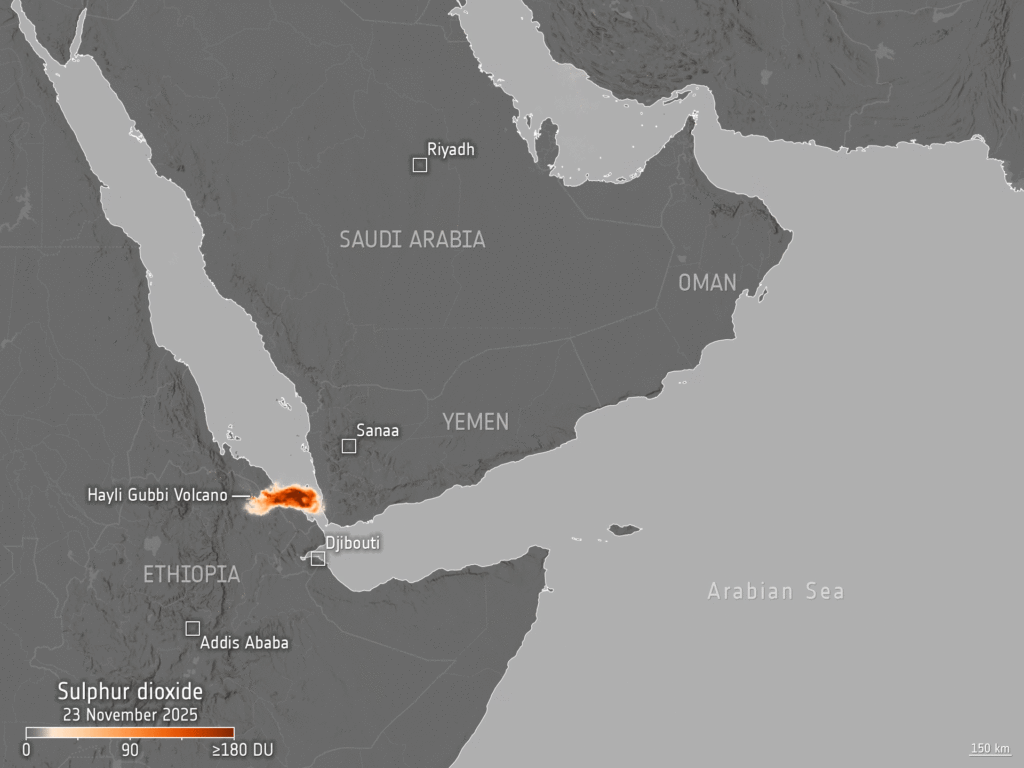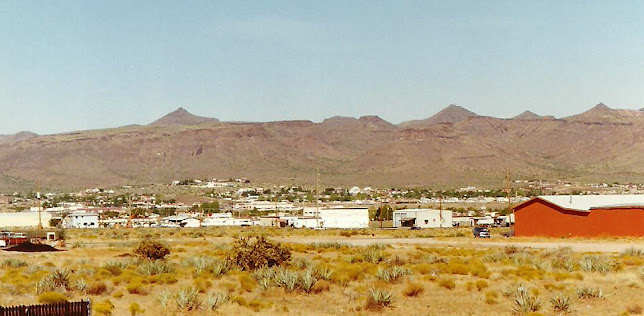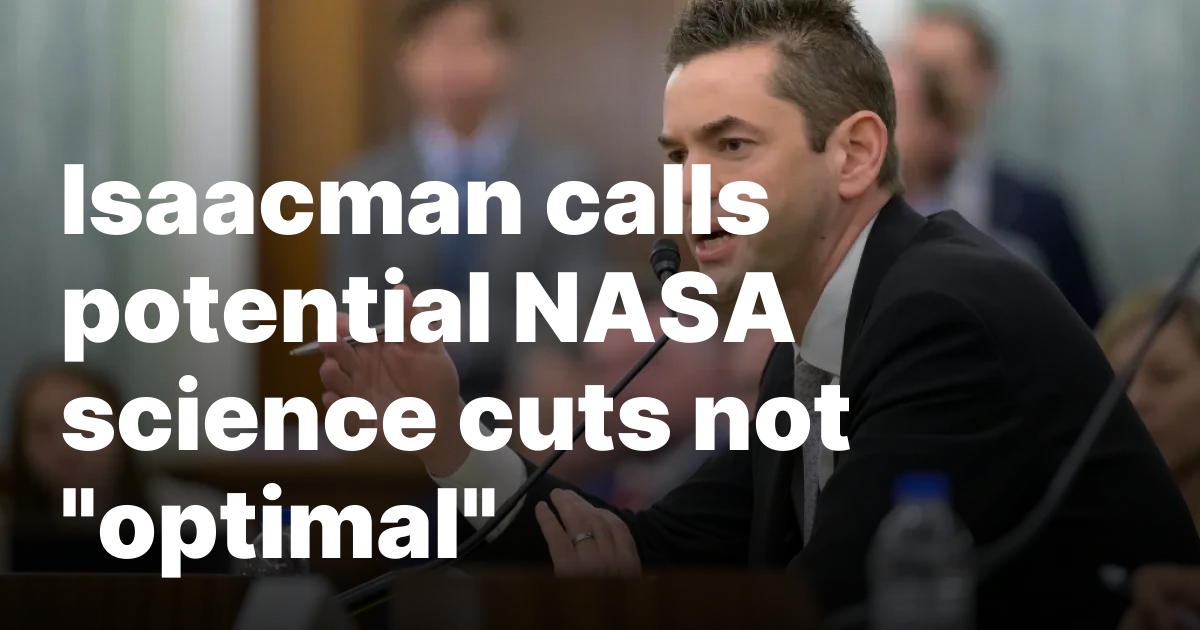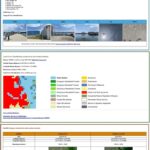Now Reading: UFO Encounter Sparks Debate in Iconic 1973 Helicopter Case
-
01
UFO Encounter Sparks Debate in Iconic 1973 Helicopter Case
UFO Encounter Sparks Debate in Iconic 1973 Helicopter Case

The Coyne Helicopter case is one of the most compelling UFO sightings in American aviation history, occurring on the night of October 18, 1973, when a UH-1H helicopter crew encountered an unidentified flying object during a routine flight over north-central Ohio. The crew consisted of Captain Lawrence J. Coyne, First Lieutenant Arrigo Jezzi, Specialist Five Robert Yanacsek, and Sergeant John Healey, who each contributed to a detailed account of the event that would later spark extensive investigation and debate within the UFO community.
The sighting initiated when Sergeant Healey, seated in the rear left of the helicopter, spotted a bright red light to the west. Initially dismissing it as an unremarkable navigation light, he soon lost sight of it as it disappeared behind the helicopter. A couple of minutes later, Yanacsek, who was seated in the rear right, noticed a similar red light on the eastern horizon that appeared to be following their flight path. The crew members began discussing the unusual behavior of the light, with Yanacsek drawing Coyne’s attention to it. When Captain Coyne looked out the window, he instructed Yanacsek to keep watching the light, which seemed to be approaching rapidly.
As the red light grew nearer, the crew’s initial curiosity shifted to concern. At approximately 2305 hours, as the object continued to close the distance, Coyne took over the controls and began to descend, fearing a potential collision. Their descent averaged at 500 feet per minute, and despite their attempts to communicate with air traffic control at Mansfield Airport, their radios inexplicably failed just as the UFO became visibly distinct above them, leaving them with no means to report the incident in real time.
Witness accounts describe a cigar-shaped, metallic craft hovering directly above the helicopter. In addition to a brilliant red light at the front, there was a bright white light located at the rear, along with a striking green beam emanating from the underside of the object. This green light cast an eerie glow throughout the cockpit—one that would later prove significant in their recounting of events. The crew observed the craft for a duration of 10 to 12 seconds before it suddenly shot off into the night sky, disappearing from view.
- Captain Lawrence J. Coyne: He was adamant about the rapid approach of the UFO, later stating, “It’s moving too fast because of our altitude,” reflecting the immediate danger he perceived. During the encounter, he reported a sudden climb after the UFO departed, with the altimeter unexpectedly rising from 2,500 to 3,800 feet, despite the collective control being at its lowest setting.
- First Lieutenant Arrigo Jezzi: Sitting in the left seat, Jezzi had a limited view of the object but confirmed seeing a bright light, describing it as “extremely bright” and reminiscent of landing lights, although he lacked the full details reported by the other crew members.
- Specialist Five Robert Yanacsek: He was particularly keen on the light’s behavior, noting how it paced the helicopter before approaching rapidly. Yanacsek also contributed to the description of the lights on the craft, emphasizing the lack of noise, which was unusual for an aircraft of such size.
- Sergeant John Healey: He described the initial sighting of a single red light, later echoing the collective observation of the craft’s structure and lights. Healey’s account highlighted the overall brightness of the red light, making it stand out as an object different from standard aircraft lights.
The striking consistency of these eyewitness accounts, despite minor discrepancies regarding the details, adds significant weight to the authenticity of the sighting. The detailed testimonies were later compiled and analyzed by Dr. J. Allen Hynek, a prominent UFO researcher, who conducted interviews with the crew members in the months following the incident. Hynek’s evaluations would prove crucial as he emphasized the credibility of the individuals involved and acknowledged their integrity as both experienced military aviators and witnesses to an extraordinary event.
After landing safely at their home station, the crew’s immediate concern transformed into a quest for answers. Despite the baffling nature of their experience, they faced bureaucratic hurdles when attempting to report their sighting officially. Captain Coyne sought guidance from the FAA, only to discover a lack of protocol on where to file such a report. Ultimately, frustration led him to submit an Operational Hazard report to document the incident, which would later ignite a firestorm of investigation, speculation, and skepticism.
The 10 to 12 seconds the crew spent observing the UFO became a lasting moment of intrigue, bewilderment, and a catalyst for deeper exploration into what transpired that night. As they navigated the complexities of their experience—caught between military protocol, public skepticism, and the enigmas of the sky—the Coyne Helicopter case remains an iconic event in UFO lore, showcasing the intersections of human experience, technology, and the unknown.
Despite the compelling nature of the Coyne Helicopter case, it has not escaped scrutiny from skeptics who have proposed various alternative explanations for the sighting. The most common skeptical arguments revolve around phenomena such as misidentified aircraft, atmospheric optics, or military operations, and many of these theories reveal the complexities inherent in interpreting such extraordinary events.
One prominent skeptic, Philip Klass, suggested that the UFO encountered by Coyne and his crew might have been a “bright meteor-fireball.” While this may sound plausible at first glance, Klass’s reasoning often falls apart under closer examination. For instance, there was no corroborating evidence of a fireball in the vicinity of the timestamp of the sighting. During his investigation, Klass sought out witnesses to verify his hypothesis but found no one who had reported seeing a meteor. Moreover, the speeds and maneuvers described by the helicopter crew, particularly the rapid ascent of the UFO, strongly contradicted the characteristics of a meteor. In fact, meteors do not exhibit the ability to hover or change direction as the object did during the incident.
Another explanation floated by skeptics is that the crew may have simply misidentified another aircraft, potentially an F-100 fighter jet commonly stationed at Mansfield Airport. However, Coyne’s direct communications with air traffic control indicated that there were no high-performance aircraft operating in the area at the time of the incident. The suggestion that the crew was involved in a potential midair near-miss with a refueling operation or training exercise falls flat when considering the lack of documented flight activity. If such an operation were taking place, proper protocols would require the refueling aircraft to notify civilian air traffic control, which was not the case here.
In the context of atmospheric optics, skeptics have drawn attention to the possibility of an illusion created by weather conditions or light refraction. However, the night of October 18, 1973, featured clear weather with high visibility, conditions that are not conducive to creating optical illusions resembling a structured object. Furthermore, the descriptions provided by the crew included specific details about the shape and structure of the craft, which would not be consistent with any known atmospheric phenomena.
Examining the accounts of the crew further supports the case against conventional explanations. Each member of the crew independently reported experiences that corroborated one another. For instance, both Coyne and Yanacsek described the UFO as being cigar-shaped, with identifiable lights that did not match the configuration of standard civilian or military aircraft. The lack of any sound associated with the object also solidified their accounts, as helicopters, particularly those as large as the UH-1H, produce significant noise when in operation. The absence of sound during the UFO’s approach and subsequent departure was noted by all crew members and raises questions about the validity of any mundane aircraft explanations.
The instrument readings following the UFO encounter prompted further skepticism. After the object departed, the helicopter’s magnetic compass began to spin erratically, which is a phenomenon not commonly associated with standard aircraft encounters. This unexpected behavior raises the possibility that the object had unusual electromagnetic properties, further disconnecting the incident from typical aviation explanations.
- Psychological Factors: Critics have argued that the stress and excitement caused by the close encounter could have led to alterations in memory or perception among the crew. However, the consistency of their accounts, along with their military background and training, suggests they were well-prepared to assess and report what happened objectively.
- Documentation Failures: The lack of formal documentation following the incident has been cited by skeptics as a sign that the event did not occur as reported. Yet, this overlooks the reality that military protocols for reporting encounters with unidentified objects are often vague and poorly defined, especially during the early 1970s.
- Temporal Displacement: Some have speculated that the crew’s perception of time might have been altered during the event. This suggestion leans heavily on anecdotal evidence rather than concrete data; while unusual events can create a sense of time distortion, it does not sufficiently explain the tangible observations made by the crew.
The Coyne Helicopter case stands as a remarkable example of the challenges inherent in investigating unidentified aerial phenomena. Skeptics pose intriguing questions and offer various theories, but many ultimately fall short of providing adequate explanations. The points of contention—ranging from the nature of the object, the clarity of the sightings, and the credibility of the crew—demonstrate that this case remains a complex puzzle waiting for further exploration and understanding. The nuanced nature of the experiences reported by the crew, combined with the lack of viable alternative explanations, keeps the case alive in discussions about UFOs and aviation safety, compelling both enthusiasts and skeptics alike to ponder the possibilities of what lies beyond our current understanding of the skies.
Stay Informed With the Latest & Most Important News
Previous Post
Next Post
-
 012024 in Review: Highlights from NASA in Silicon Valley
012024 in Review: Highlights from NASA in Silicon Valley -
 02Panasonic Leica Summilux DG 15mm f/1.7 ASPH review
02Panasonic Leica Summilux DG 15mm f/1.7 ASPH review -
 03How New NASA, India Earth Satellite NISAR Will See Earth
03How New NASA, India Earth Satellite NISAR Will See Earth -
 04And Thus Begins A New Year For Life On Earth
04And Thus Begins A New Year For Life On Earth -
 05Astronomy Activation Ambassadors: A New Era
05Astronomy Activation Ambassadors: A New Era -
06SpaceX launch surge helps set new global launch record in 2024
-
 07Space Force plans new ‘Futures Command’ amid pressure to speed up modernization
07Space Force plans new ‘Futures Command’ amid pressure to speed up modernization




















